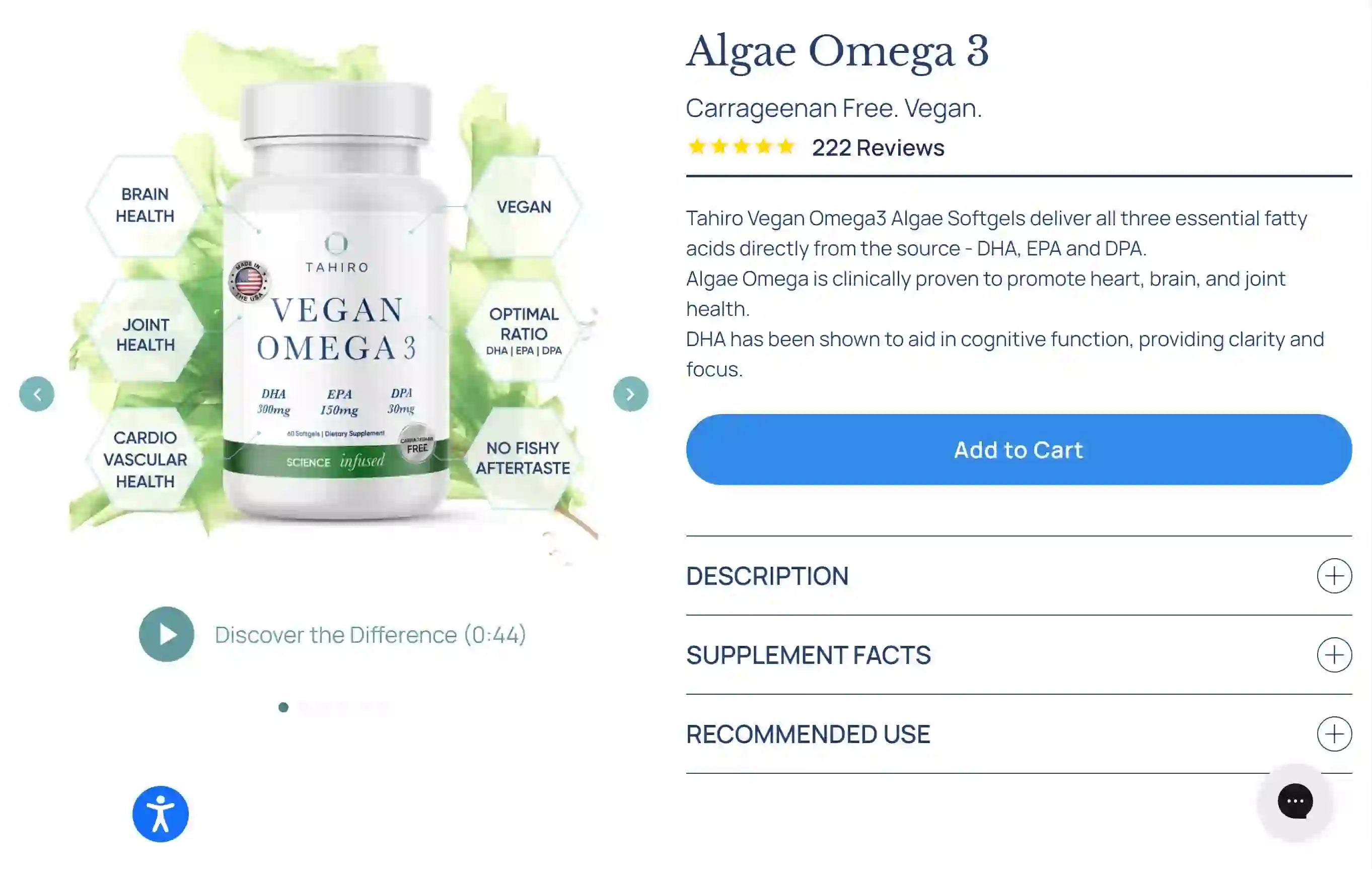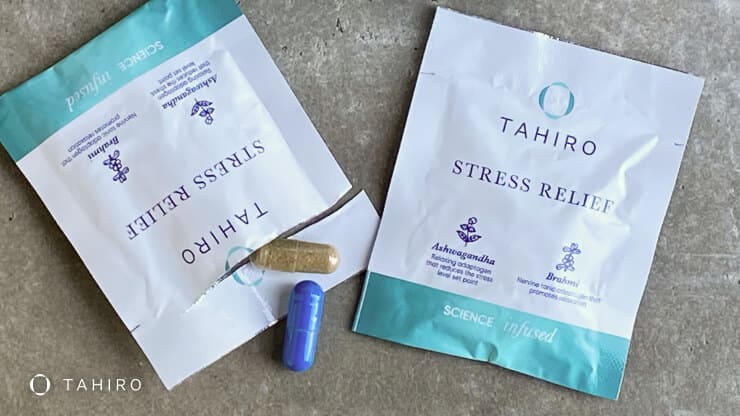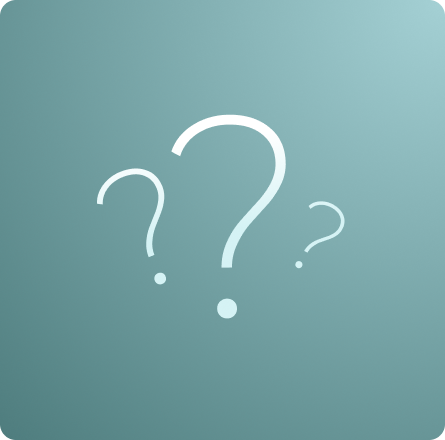Ashwagandha, scientifically known as Withania somnifera, has been a cornerstone of the Ayurvedic tradition for over 3000 years [2]. Revered for its adaptogenic properties, this ancient herb offers modern solutions for stress, anxiety, and various neurological disorders [1,2,7].
What is Ashwagandha (Withania Somnifera)?
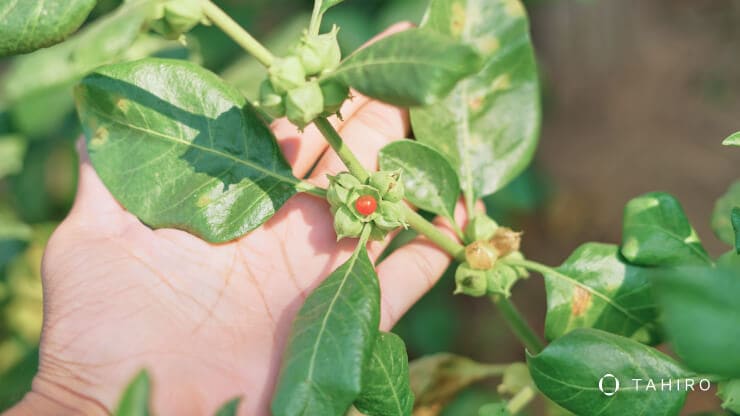
Ashwagandha, also known as Withania somnifera, is a small woody perennial shrub. It is a renowned herb in the Indian Ayurvedic system of medicine, where it has been used for over 3,000 years to enhance energy, improve overall health, and increase longevity [2, 6]. The plant is native to India, the Middle East, and parts of Africa [2], but its popularity has spread worldwide due to its numerous health benefits.
The primary bioactive components of Ashwagandha are alkaloids, steroidal lactones, saponins containing an additional acyl group, and withanolides [3]. These constituents give the herb its unique pharmacological profile, which includes anti-inflammatory, antioxidant, anti-cancer, anxiolytic, and immunomodulatory effects [1]. The roots of the plant are most commonly used in herbal preparations [6].
Withania somnifera has a complex pharmacological profile and works through various mechanisms of action. It modulates the hypothalamic-pituitary-adrenal (HPA) axis, leading to reductions in cortisol and DHEA levels, which are associated with stress response [1]. It also influences neurotransmitter systems involving GABA, serotonin, and dopamine, thereby affecting mood and mental well-being [2].
Recent research has expanded our understanding of this herb, showing its adaptogenic properties [1, 6] and its potential in neuroprotective applications [7], among others. Given its multifaceted benefits and favorable safety profile, Ashwagandha is becoming increasingly popular as a dietary supplement for various age groups and genders.
Health Benefits of Ashwagandha
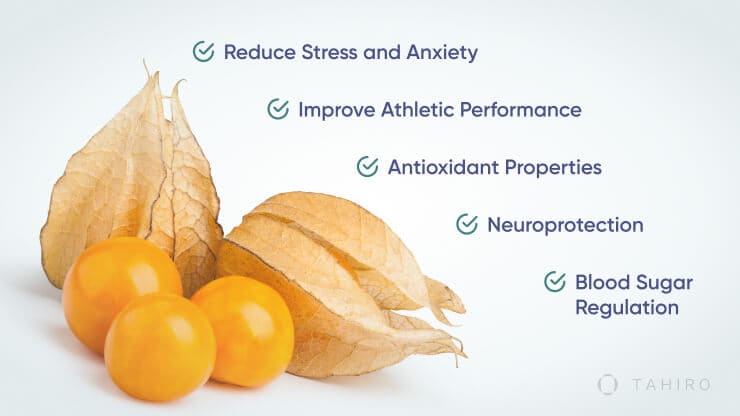
Reduce Stress and Anxiety: Ashwagandha can attenuate the hypothalamic-pituitary-adrenal (HPA) axis activity, leading to reductions in cortisol and DHEA levels [1]. This offers a natural solution to modern stress and anxiety disorders.
Neuroprotection: Several studies have shown Ashwagandha’s potential in neurodegenerative diseases such as Parkinson’s, Huntington’s, and Alzheimer’s Disease. The herb has been shown to slow, stop, or reverse neuritic atrophy and synaptic loss [6].
Antioxidant Properties: Ashwagandha has been found to exhibit antioxidant effects, potentially mitigating oxidative stress-induced damage in various conditions [2].
Improve Athletic Performance: Ashwagandha's adaptogenic properties can enhance stamina and endurance [6], making it a favorite among athletes.
Blood Sugar Regulation: While more research is needed, some studies indicate a potential role in diabetes management [8], although it is essential for anyone with diabetes to consult their doctor before taking Withania somnifera.
Ashwagandha Benefits for Males
Boost Testosterone and Increase Fertility: Several studies have indicated its positive impact on male fertility, improving sperm parameters [4].
Improves Sexual Function: Traditional uses have touted its role as an aphrodisiac [6].
Ashwagandha Benefits for Females
Balances Out Hormones: The herb might play a role in hormonal regulation, aiding conditions like menopausal symptoms [2].
What Are the Side Effects of Ashwagandha?
While Withania somnifera is generally deemed safe, prolonged or excessive intake might cause minor side effects [2], such as upset stomach, diarrhea, and drowsiness. The standard recommended dosage typically ranges from 300 to 500 mg daily. It's crucial not to exceed the recommended dosage and always consult with a physician or healthcare professional for optimal guidance and to check for potential interactions.
Ashwagandha Supplements for Anxiety and Stress Relief
Given its adaptogenic and anxiolytic properties, Ashwagandha supplements can be a natural solution to manage stress and anxiety. Whether in pill, powder, or tea form.
How to Take Ashwagandha?
Ashwagandha is available in various forms like pills, teas, and powders. The choice depends on individual preferences and the specific health concern being addressed.
Which Supplement Gives You the Best Ashwagandha Extract?
Venturing into the vast landscape of supplements to unearth the true efficacy of Ashwagandha can be a daunting task. Tahiro's Stress Relief blend emerges as a beacon in this domain, offering not just the purity of Ashwagandha, but also an ensemble that magnifies its benefits. Fortified with Withania somnifera extract, the concoction ensures that the renowned adaptogenic and neuroprotective qualities of Ashwagandha are delivered without compromise. Beyond its core component, the Stress Relief mixture melds the adaptogenic strengths of Eleuthero and Bacopa Monnieri, the calming essence of Lemon Balm, and the vital enrichment of Niacin, Vitamin B6, and Magnesium. This multifaceted fusion emphasizes holistic well-being, marking this product as an unrivaled choice for those in pursuit of the authentic touch of Ashwagandha, supplemented with other key brain and stress-mitigating ingredients.


